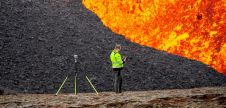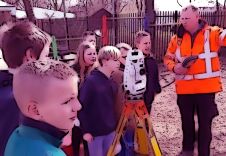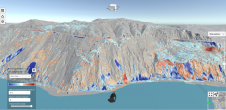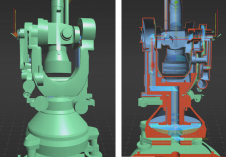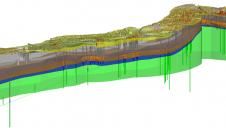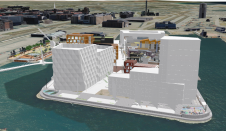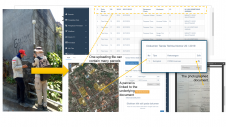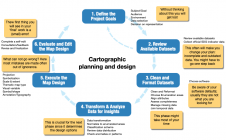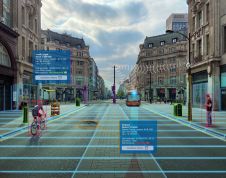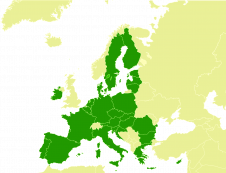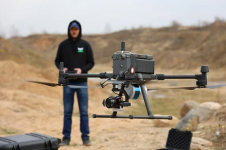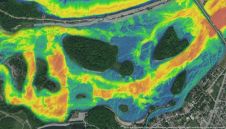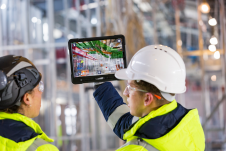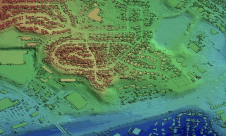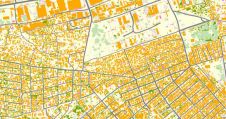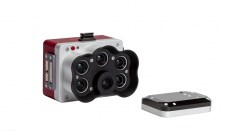Bringing BIM Down to Earth
This article was originally published inGeomatics World.
‘BIM’ is a hot topic in the industry, receiving regular coverage at many conferences, seminars and webinars. A lot of companies predict that it is one of the ‘next big things’ for the future, and a not inconsiderable number of companies are already working with BIM today. And that’s a good thing! But it is perhaps wise to look past the hype and keep our feet firmly on the ground. Tomas Sandström from Adtollo brings some nuance into the BIM discussion in this column.
BIM stands for ‘building information modelling’, or perhaps ‘building information management’. The best thing about BIM is the ‘I’, theinformation, which really comes from inside the models rather than being added from the outside. The bad thing, or perhaps I should say the limiting aspect, is the ‘B’:building. Most BIM interfaces are designed for houses and other structures because BIM works best for building and construction. BIM has come a long way in that sense.
I do believe in BIM, because it offers enormous potential when we can have a few common, neutral formats for the transfer and conversion of data. In addition, we keep the metadata: the objects themselves not only contain details of volumes, masses and weights but also information about who, why and when. Therefore, a BIM solution not only for facility management (e.g. construction of houses and other buildings) but also for infrastructure and excavation works would increase the general usage of BIM. Hence, we need to bring BIM down to earth. We need to make BIM accessible directly at the time of measuring. When you use your instrument – whether it is a total station, a GNSS receiver or a scanner – you must be able to see the BIM object in your graphic display.
But what is a ‘BIM object’? Well, it is probably a solid, or perhaps a mesh. If it is a solid, it has a volume, contains information about material and mass, and carries more information as built-in metadata. You need to see how the solid will be created as you continue measuring, and you need to import information about the measured object into the digital solid data – either by entering it manually, or (preferably) transferring it digitally based on ID numbers, barcodes or RFIDs. When staking out, you should not be forced to create mesh lines from the solid or, even worse, to create line geometry from various forms of solids. Instead, you should be able to select the BIM object/solid and stake it out, preferably also including the ‘I’ (the metadata from the digital model) in the analogue model: the real thing. I can already see in my mind’s eye the RFIDs rolling out from the tripod… or perhaps the metadata will stay on that very exact coordinate in three positions? That would be bringing BIM down to earth.
AtAdtollowe develop the survey CAD/GIS system Topocad and have really embraced BIM. We love it! We love the volumes and we have always been in favour of metadata. BIM is ideal for those of us who are working with quantities and volumes. In Topocad, we have included all the tools for creating solids and inputting metadata on objects. This is based on the fact that each solid has a volume, so most of the quantity tools in Topocad end up as solids and BIM data.
We are also playing our part in bringing BIM down to earth by using functions that create BIM objects with volumes and metadata direct from the survey. There are functions for creating piles, surfaces, beams, curbstones, pillars, pipes, cylinders, cubes (LOD1) and buildings (LOD2) directly from the survey, right from the total station or the GNSS. It is fast, and surveying BIM objects actually requires fewer observations than when surveying traditional objects. So we are doing our best to bring BIM down to earth... and to bring earth down to BIM.
Make your inbox more interesting.Add some geo.
Keep abreast of news, developments and technological advancement in the geomatics industry.
Sign up for free


